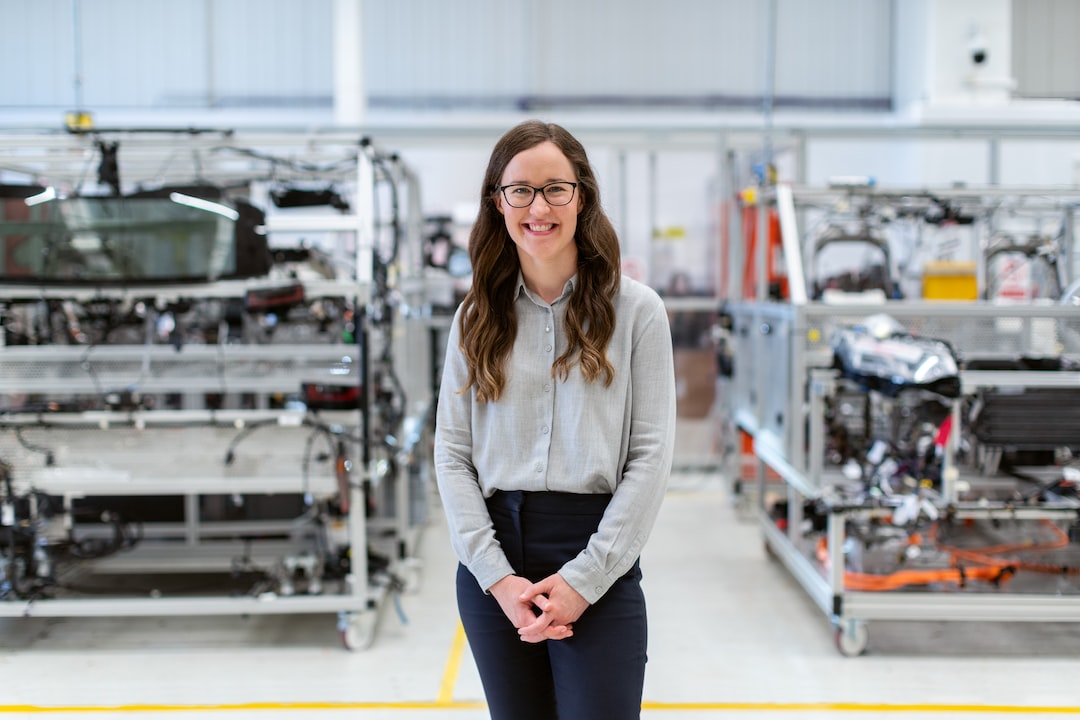Modernizing Legacy Manufacturing Systems: Challenges and Opportunities
The manufacturing industry has gone through a significant transformation in recent years, with technological advancements playing a pivotal role in streamlining processes and increasing productivity. However, a considerable number of manufacturing firms still rely on legacy systems that were designed and implemented decades ago. The time has come for these companies to modernize their manufacturing systems to keep up with the rapidly changing business landscape.
Legacy manufacturing systems refer to software, hardware, and processes that were once state-of-the-art but have since become outdated. While these systems might have served their purpose admirably in the past, they can now hinder a company’s ability to compete in today’s market. Modernizing these systems presents a myriad of challenges but also offers significant opportunities for growth and innovation.
One of the primary challenges in modernizing legacy manufacturing systems is the complexity of the legacy infrastructure. These systems often involve a web of interconnected hardware, software, and databases, making it difficult to identify vulnerabilities and upgrade them without disrupting operations. Upgrading a single component might require revamping the entire system, leading to costly downtime and potential risks. Therefore, careful planning and a phased approach are critical to ensure a smooth transition.
Another challenge is the availability of skilled personnel. As these legacy systems become obsolete, the expertise required to maintain and operate them becomes scarce. The knowledge of legacy programming languages, database structures, and hardware configurations is in demand but diminishing over time. Companies must tackle this challenge by investing in training programs or hiring external experts who can help bridge the knowledge gap.
Security is yet another challenge when it comes to modernizing legacy manufacturing systems. Older systems were designed without today’s stringent cybersecurity practices in mind. As such, they often lack the necessary safeguards to protect against modern threats. Upgrading these systems to incorporate robust security measures is essential to safeguard sensitive information and prevent data breaches.
Despite these challenges, modernizing legacy manufacturing systems offers significant opportunities for companies to improve operational efficiency, reduce costs, and enhance their competitive advantage. By modernizing their systems, manufacturers can leverage emerging technologies such as the Internet of Things (IoT), artificial intelligence (AI), and machine learning (ML) to automate processes, optimize production schedules, and predict maintenance needs.
Furthermore, modernized systems can offer greater flexibility, allowing companies to quickly adapt to changing market demands. The ability to gather real-time data and analyze it empowers manufacturers to make data-driven decisions, optimizing inventory levels, predicting customer demand, and improving overall efficiency.
Modernizing legacy manufacturing systems also opens doors to integration with other enterprise systems such as ERP (Enterprise Resource Planning) and CRM (Customer Relationship Management). This integration facilitates seamless data exchange between different departments, enabling better coordination of procurement, production, and customer service. The resulting synergy leads to improved productivity, reduced errors, and enhanced customer satisfaction.
In conclusion, modernizing legacy manufacturing systems poses challenges but also presents golden opportunities for growth and innovation. By carefully planning and implementing a phased approach, companies can overcome the complexities and harness the benefits of modern technologies. The rewards of improved productivity, reduced costs, enhanced security, and increased competitiveness make it imperative for manufacturers to initiate the process of modernizing their legacy systems. Embracing change and being proactive can position companies at the forefront of the evolving manufacturing landscape.

